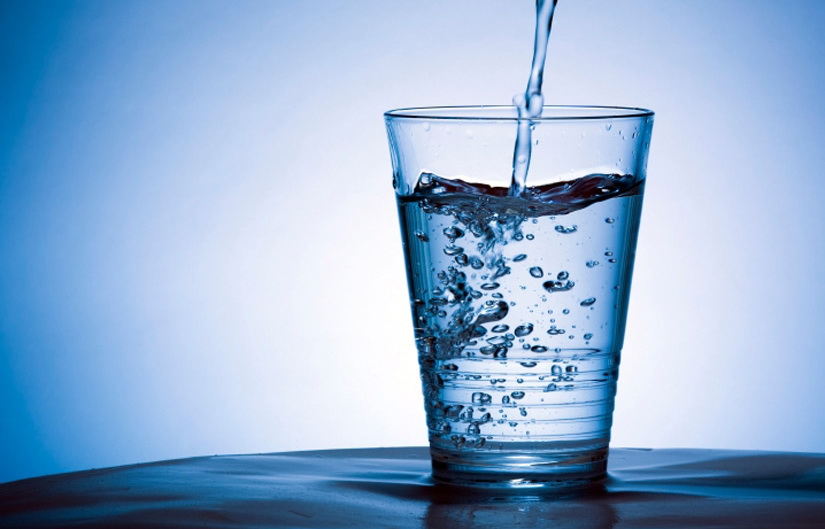The Scary Truth About PFAS in America’s Water

The Scary Truth About PFAS in America’s Water
We’ve all heard of the PFAS crisis in America’s water, but few of us realize the true extent of this problem. PFAS (per- and poly-fluoroalkyl substances) are a group of man-made chemicals used in everything from nonstick cookware to stain-resistant fabrics and fast food packaging. Unfortunately, these chemicals have been found in dangerously high levels in living freshwater fish caught in rivers and lakes across the country. Not only are these chemicals potentially harmful to human health, but they can also have a negative impact on our environment and the wildlife we rely on for sustenance.
What are PFAS?
Per- and poly-fluoroalkyl substances (PFAS) are a group of man-made chemicals used in many consumer products since the 1940s. They can be found in nonstick cookware, stain-resistant carpets and furniture, fast food wrappers, and firefighting foam. PFAS are incredibly resistant to breaking down in the environment, so they can persist in the environment and build up in people’s bodies over time.
PFAS have been found in drinking water, soil, and food sources like fish. Unfortunately, PFAS are becoming increasingly common in our environment because of their widespread use. In addition to being hard to break down, these chemicals also have been linked to health effects including cancer, thyroid problems, and weakened immune systems. This is why it’s important to take steps to limit our exposure to PFAS.
How did they get into our water?
PFAS can enter our water through runoff from manufacturing plants or military bases that use PFAS-containing products. They can also enter through wastewater discharge from facilities that use PFAS products, such as fire departments and airports. Additionally, PFAS can be present in drinking water due to leaching from landfills and disposal practices at hazardous waste sites. As a result, PFAS can be found in water sources throughout the United States.
What are the health effects of PFAS?
The health effects of PFAS are still being studied, but research has linked them to certain types of cancer, including testicular, kidney, liver, and thyroid cancer. They have also been linked to fertility issues, changes in hormone levels, high cholesterol, weight gain, thyroid problems, and decreased immunity. Long-term exposure to PFAS may also lead to an increased risk of stroke and heart disease.
In addition to these health risks, PFAS can contaminate drinking water sources, especially in areas close to industrial sites and wastewater treatment plants. Studies have found that PFAS accumulates in fish and other aquatic life, meaning that people who eat contaminated fish may be exposed to higher levels of PFAS than those who don’t.
How can I avoid PFAS?
The most important step in avoiding PFAS contamination is to make sure you have access to clean, safe drinking water. Unfortunately, these toxic chemicals have been found in many sources of drinking water, including groundwater and surface water. To reduce your risk of exposure, make sure you have access to a reliable source of safe drinking water.
How HALO can help remove PFAS in your water
One way to ensure the safety of your drinking water is to use a home filtration system. Home filtration systems are designed to filter out toxins and pollutants from your water. HALO Water Filtration Systems, specifically the HALO Defender, is designed to remove PFAS from drinking water. The HALO Defender is certified to NSF/ANSI Standards for the reduction of Lead, PFAS, Cysts, and Chlorine. This system is rated for whole home point-of-entry applications with certified continuous flow rates up to 4 gpm (15 lpm) and has a filter cartridge lifespan of up to 84,480 gallons for lead, PFAS, and chlorine. By investing in a HALO Water Filtration System, you can rest assured knowing that your drinking water is free from PFAS contamination.


